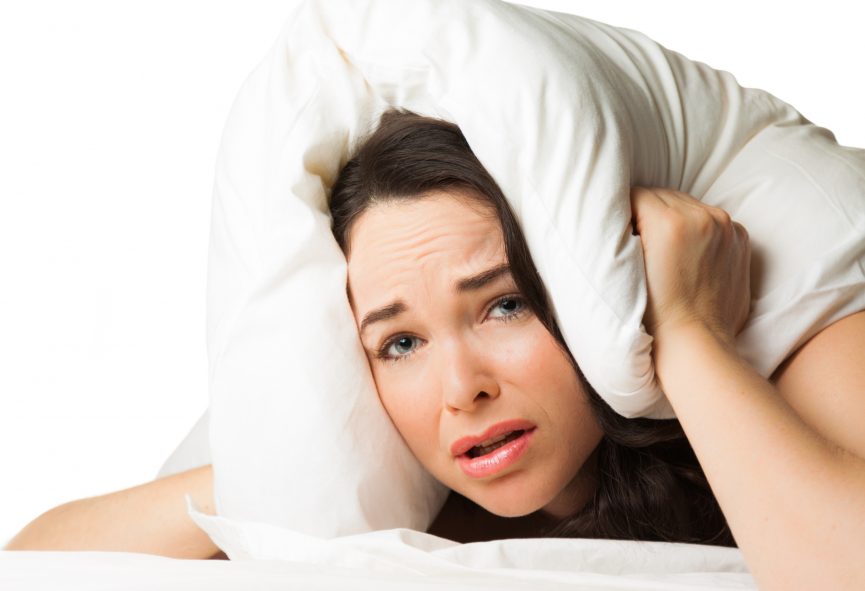Frequent Questions About Sleep Problems
What are sleep disorders?

A Good Day Starts with a Good Night’s Sleep Just because you’re sleeping doesn’t mean you’re getting good, quality sleep. Evaluate how well you’re sleeping.
There are at least 84 disorders of sleeping and waking that interfere with the quality of life, personal health, and endanger public safety because of their role in traffic and industrial accidents.
These include problems with staying awake or maintaining a regular sleep/wake cycle, narcolepsy, sleepwalking, sleep-related seizures, bedwetting, nightmares, insomnia, restless leg syndrome, snoring, and sleep apnea syndrome.
Some of the most common types of sleep disorders include:
Sleep Apnea
 Sleep Apnea is a breathing disorder characterized by brief interruptions of breathing during sleep. This can lead to excessive daytime sleepiness and can trigger high blood pressure, heart failure, heart attack, and stroke.
Sleep Apnea is a breathing disorder characterized by brief interruptions of breathing during sleep. This can lead to excessive daytime sleepiness and can trigger high blood pressure, heart failure, heart attack, and stroke.
Insomnia
Insomnia includes difficulty falling asleep or staying asleep. It causes one to feel sleepy during the day and to have trouble concentrating on tasks after a poor night’s sleep. Insomnia afflicts people of all ages. It can be brief, lasting only a few nights but sometimes for weeks, months or years.
Narcolepsy
Narcolepsy is a neurological condition that causes patients to have excessive sleepiness during the day combined with napping at inappropriate times.
Restless Leg Syndrome
Restless Leg Syndrome is a disorder in which patients experience irrepressible sensations in the legs or arms while sitting or lying still. Patients describe feelings of creepy, crawly, pulling, tingling, itching, or gnawing in their limbs.
These uncomfortable feelings usually begin in the evening and symptoms are worse or only present when the affected individual is at rest. The sensations usually disappear or diminish when the limb is moved.
Sleep study
While sleeping, the following will be monitored by sensors that are attached to different areas of the body: breathing patterns, heart rhythm, brain waves, eye movement, muscle tone, blood oxygen saturation, and limb movements. Depending on the diagnosis, some patients may stay for a Multiple Sleep Latency Test (MSLT) the next day or may return to the Sleep Lab for a second overnight test. Test results are examined by the medical director and a report is sent to the patient’s personal physician.
- Polysomnography: This test is usually done at night (except for those individuals that normally sleep during the day) and is used to diagnose sleep apnea and to determine its severity.
- MSLT: This test measures the speed of falling asleep. The patient is given several opportunities to fall asleep during the course of a day when he/she would normally be awake. Individuals who fall asleep in less than five minutes are likely to require some treatment for sleep disorders. If you feel you would benefit from these services, talk to your personal physician about your symptoms and ask for a referral to the Sleep Disorders Center. Most insurance plans cover the cost of sleep disorder evaluations and treatments. Evangelical’s Sleep Disorders Center is located in the Professional Services Building, which is adjacent to the Hospital in Lewisburg.
Source: http://www.evanhospital.com/services/sleep-disorder-center/facts-about-sleeping-disorders
- Glory Casino и Казахстане: Официальный Сайт Казино Глори - April 23, 2024
- Tatlı Bonanza: A Tumbling Slot Machine Ücretsiz Döndürme - April 23, 2024
- 1win Azerbaycan Giriş Login & Qeydiyya - April 22, 2024

